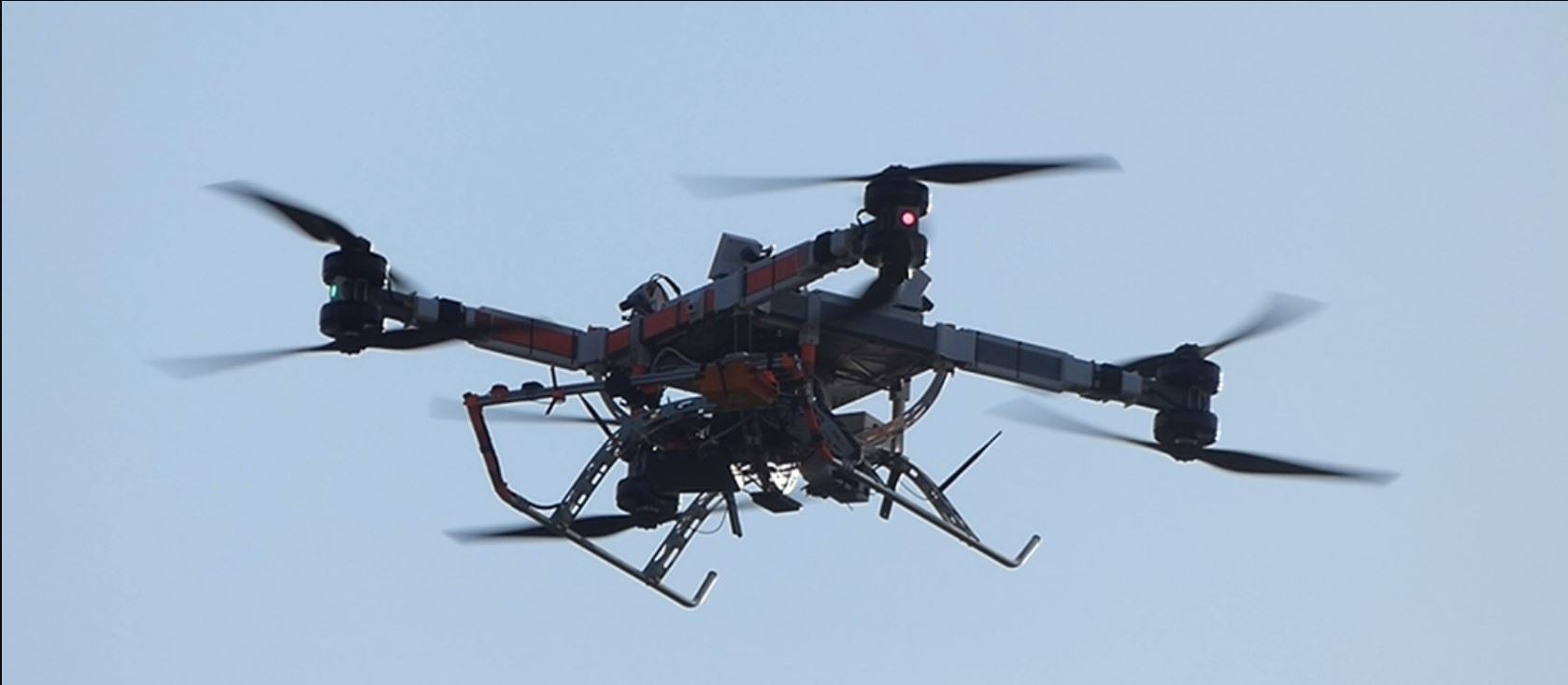Towards an Advanced Air Mobility ecosystem
Released On 9th Jun 2023
With the new ‘Super Sumeri’ test cycle, Leonardo and its partners continue testing technologies that will enable airborne logistics operations and innovative drone-based services.
The drone-based urban logistics ecosystem is increasingly taking shape. Very soon, we will be living in ever more complex cities where new mobility solutions play a central role in improving the accessibility and mobility of metropolitan areas and regions and the quality of the environment, life and safety of their people. With this in mind, a few weeks ago, important trials took place under the ‘Super Sumeri’ research project, devised by Leonardo as part of a broader development path seeking to validate the factors that will enable innovative drone-based logistics operations and services in the field of advanced air mobility.
Funded by ENAC, the Italian National Civil Aviation Authority, through the tender entitled ‘Development of concept of operations (CONOPS) for urban delivery with drones in smart cities contexts’, coordinated by Leonardo in partnership with Telespazio (Leonardo 67% and Thales 33%) and FlyingBasket, the project focuses on testing activities to assess technological enablers for BVLOS (Beyond Visual Line Of Flight) operations with remotely piloted systems weighing over 100 kg at take-off and platforms for the operational management of fleets of unmanned aircraft.
Risk analysis and the issue of social acceptance for scenarios involving the use of Uncrewed Aerial Systems (UAS) in an urban context were also included in the trials.

During the first of the two planned trials, a flight test campaign used a UAS with vertical take-off and distributed electric propulsion to verify the maturity of specific key technologies able to provide a high level of operational safety. Three operational scenarios were examined: the identification and classification of non-cooperative air systems (air conflict detection), navigation support through alternatives to satellite guidance, and the management of multiple air operations.
For the first scenario, so-called air conflict detection, the drones were fitted with synthetic vision systems working in the visible light spectrum. These systems process video streams using innovative artificial intelligence algorithms supported by machine learning applications. The activities safely recreated potential interactions and conflicts with fixed-wing and rotary-wing aircraft on different collision trajectories to assess the technologies' performance and the possibility of generating alerts for remote pilots.
The second scenario looked at alternatives to satellite navigation. It used positioning systems based on the processing of video streams generated by cameras in the visible spectrum and innovative radio beacons with very low power, consumption and environmental impact. These technologies help provide alternative positioning data to increase the safety of operations through a network of very low altitude airways and corridors equipped with reference signal transmitters to direct the drone's navigation.
Finally, the third use case evaluated aspects of managing multiple UAS in simultaneous flight. One specific focus was on security as an enabler in the business sector, particularly for logistics applications, to ensure scalability and cost reduction.
The test results will provide a series of recommendations that will be studied and processed for the subsequent phases of the ‘Super Sumeri’ project, thus offering a tangible contribution to ENAC’s ‘AAM National Strategic Plan (2021-2030) for the development of Advanced Air Mobility in Italy’.
The future, as envisioned by Leonardo, also includes safe and sustainable urban air mobility, with drones flying around our cities transporting goods, with zero emissions and at greater speed.






